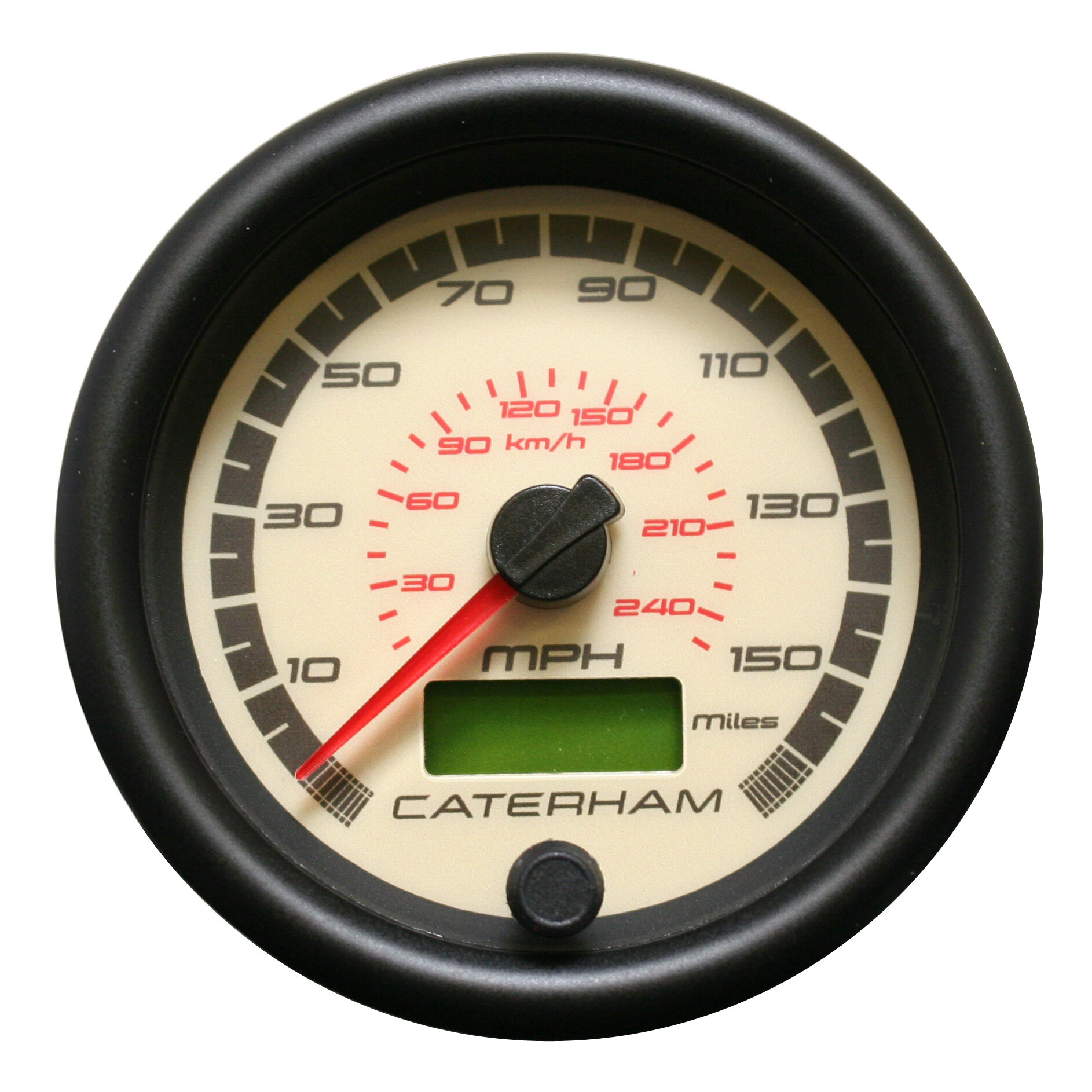Tachometer Acquiring Overview: Functions to Try To Find and Finest Brands
Tachometer Acquiring Overview: Functions to Try To Find and Finest Brands
Blog Article
The Importance of a Tachometer in Keeping Track Of Engine Speed and Performance in Automotive Applications
In the realm of automotive engineering, the tachometer stands as an essential tool in the vehicle driver's arsenal, providing a direct window into the inner workings of a lorry's engine. Past its feature as a simple scale of transformations per min (RPM), the tachometer offers as a crucial tool for enthusiasts and professionals alike, providing real-time insights into engine efficiency and wellness.
Relevance of Monitoring Engine RPM
Monitoring engine RPM, or transformations per min, is an important element of vehicle maintenance and performance analysis. Engine RPM straight associates with the speed at which the engine's crankshaft rotates, indicating just how promptly the engine is running - tachometer. By keeping an eye on RPM, technicians can analyze the wellness of the engine, discover prospective issues, and fine-tune efficiency. An uncommon RPM analysis may signal troubles such as engine misfires, damaged stimulate plugs, or issues with the gas shipment system. Regularly high RPM readings can show aggressive driving practices or the demand for a greater gear shift to enhance gas effectiveness.
Moreover, monitoring engine RPM is vital for efficiency evaluation in auto racing and high-performance lorries. In summary, keeping track of engine RPM is not just essential for spotting problems yet also for enhancing engine performance in different auto applications.

Benefits of Real-Time Information
In auto applications, real-time information plays an essential function in supplying immediate understandings into the performance and condition of the car. By constantly keeping an eye on different specifications such as engine speed, temperature, fuel usage, and a lot more, real-time data provides various benefits that contribute to boosted performance and safety when driving.
One significant benefit of real-time information is its capability to alert chauffeurs and specialists to any anomalies or issues without delay. This aggressive technique allows quick recognition of prospective issues, permitting timely treatments to protect against additional damage or breakdowns. In addition, real-time information assists in efficiency optimization by providing prompt feedback on driving habits and engine efficiency. Motorists can adjust their actions in real-time based upon this information to attain far better fuel economic climate and prolong the life-span of their car.

Furthermore, real-time information plays a vital function in modern vehicle diagnostics, allowing professionals to rapidly detect and address malfunctions. This brings about lowered downtime, reduced maintenance costs, and eventually, boosted total automobile dependability and longevity (tachometer). By using the power of real-time data, auto stakeholders can make informed decisions that positively affect both the efficiency and longevity of the car
Effect On Equipment Shifts
Reliable gear shifts in automobile applications dramatically affect general performance and driving experience. The tachometer plays an important function in maximizing equipment changes by giving real-time engine rate data to the driver. When approaching the redline on the tachometer, it signals the chauffeur to upshift to stop over-revving the engine and triggering possible damages. On the various other hand, downshifting at the right minute can aid keep the engine in its power band, ensuring receptive velocity when required.
Additionally, the tachometer aids in achieving smoother gear shifts, especially in hands-on transmissions. By keeping track of engine speed, vehicle drivers can implement equipment shifts at the optimum RPM variety, decreasing jerking activities and lessening wear on the transmission parts. This accuracy in gear adjustments not just improves driving comfort however additionally contributes to sustain performance.
Enhancing Gas Efficiency
Offered the critical function the tachometer plays in enhancing gear changes for performance and engine wellness, it directly adds to making browse around this web-site the most of gas effectiveness in automobile applications. By giving real-time comments on engine rate, the tachometer helps drivers in keeping the most efficient RPM range for fuel economic situation. When motorists consistently keep an eye on the tachometer and adjust their motoring habits accordingly, they can prevent unnecessary gas learn the facts here now intake triggered by over-revving or hauling the engine.
In addition, the tachometer aids vehicle drivers recognize the most fuel-efficient equipment to be in at any kind of provided minute, preventing the engine from working more difficult than required. In final thought, the tachometer serves as an important tool in enhancing fuel efficiency by advertising optimal driving habits and identifying areas for improvement in the lorry's efficiency.

Making Best Use Of Engine Durability
The tachometer's role in keeping an eye on engine speed and efficiency is instrumental in ensuring the long life of automotive engines. Checking the tachometer allows vehicle drivers to stay within the suggested RPM array for their car, avoiding unneeded strain on the engine and prolonging its life-span.

Verdict
To conclude, the tachometer plays a crucial function in monitoring engine rate and performance in vehicle applications. By providing real-time information on RPM, it allows for effective equipment shifts, improved gas efficiency, and optimized engine longevity. This device is vital for keeping optimal engine efficiency and making certain the overall performance of a car.
Report this page